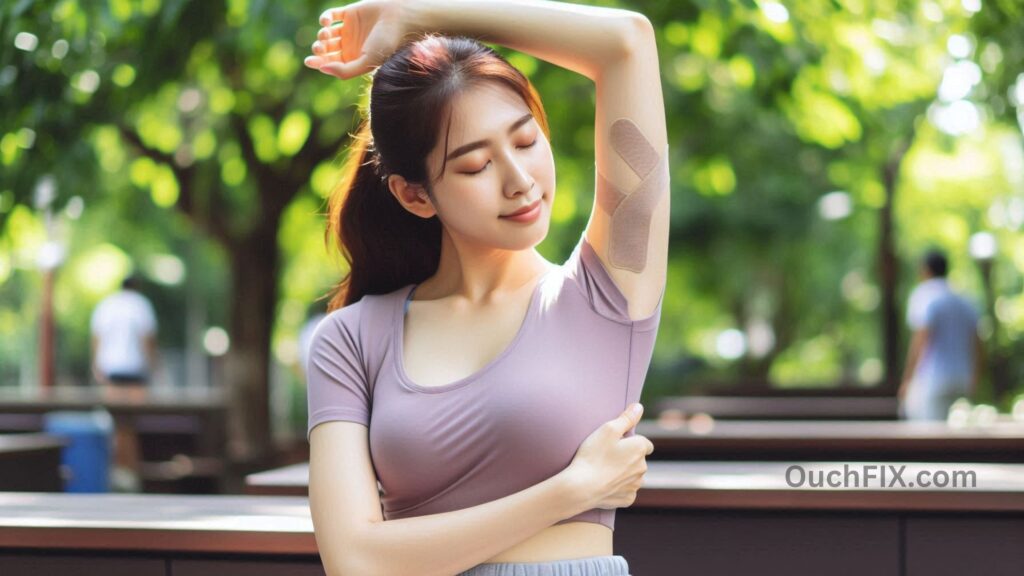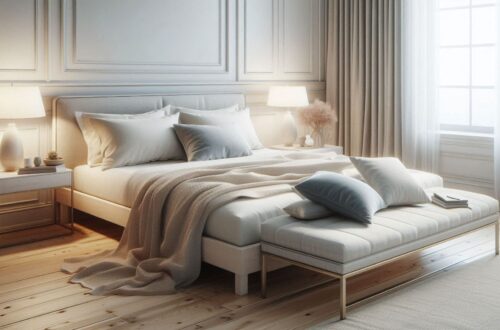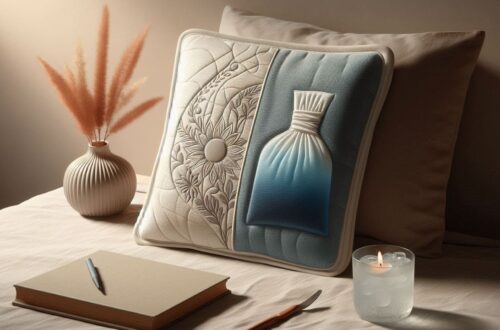Ever wonder if that patch you stick on your back is actually doing anything? You’re not alone. Pain relief patches have become a popular solution for people who want fast, targeted relief without swallowing pills. From simple heat patches to fancy CBD-infused options, the choices can feel overwhelming. So, which ones actually deliver results—and which are just hype?
In this guide, we’ll break down the science, explore different types of patches, compare their effectiveness, and give practical tips to help you choose the right one for your pain.
What Are Pain Relief Patches, Anyway?

Pain relief patches are small, adhesive patches designed to deliver medicine or therapeutic ingredients directly through your skin to the affected area. Think of them as mini pain relievers you wear—low-effort, discreet, and targeted. Unlike oral medication, patches bypass your digestive system, reducing potential stomach irritation while providing localized relief.
How Do They Work?
When applied, the patch releases active ingredients gradually into your skin. These ingredients either block pain signals, reduce inflammation, or stimulate your nerves in a way that eases discomfort. Depending on the type, you can get fast-acting relief or longer-lasting effects.
What’s Inside These Patches?
Here’s a breakdown of what you might find in a typical pain patch:
| Ingredient | How It Works | Best For |
|---|---|---|
| Menthol | Cools the skin, distracts the brain from pain | Muscle soreness, post-workout aches |
| Capsaicin | Derived from chili peppers, blocks pain signals | Nerve pain, arthritis |
| Lidocaine | Numbs the area to reduce discomfort | Nerve pain, shingles, diabetic neuropathy |
| NSAIDs (e.g., diclofenac) | Anti-inflammatory | Joint or soft tissue pain |
| CBD | Non-psychoactive cannabis compound, may reduce inflammation | Arthritis, general aches |
| Camphor | Creates a warming effect, relieving discomfort | Muscle tension, minor aches |
Different Types of Pain Patches

Pain patches can be divided into several categories based on ingredients and usage:
1. Over-the-Counter (OTC) vs. Prescription
- OTC patches (e.g., Icy Hot, Salonpas) are widely available, ideal for mild to moderate pain.
- Prescription patches (e.g., Lidoderm, Flector) deliver stronger medication for serious or chronic conditions.
2. Heat Patches
Brands like ThermaCare use warmth to relax muscles and increase blood flow. Best for cramps, strains, and back pain.
3. Menthol Patches
Provide a cooling sensation that confuses pain signals, perfect after workouts or minor aches.
4. Lidocaine Patches
Numbs targeted areas to relieve nerve pain, commonly used for shingles or diabetic neuropathy.

Also Read: Which Natural Supplements are Most Effective for Chronic Pain?
5. Capsaicin Patches
Initially feel hot but work by desensitizing pain nerves. Available in low-dose OTC versions or high-dose prescriptions like Qutenza.
6. CBD Patches
Gaining popularity for calming and anti-inflammatory properties. Effectiveness may vary by brand and dosage.
7. NSAID Patches
Prescription-only patches that deliver anti-inflammatory drugs directly to the skin—great for joint and soft tissue pain.
How Well Do They Work?

Different patches suit different needs:
- Fast relief: Heat and menthol patches act quickly but typically wear off in a few hours.
- Long-lasting: Lidocaine, NSAIDs, and some CBD patches can provide relief up to 24 hours.

Best Choices by Pain Type:
- Nerve Pain: Lidocaine, capsaicin
- Muscle Pain: ThermaCare, Icy Hot
- Joint Pain: NSAID patches like Flector
- Chronic Pain: Lidoderm, Qutenza
Things That Can Affect How Well Patches Work
Several variables influence how well a patch works:

- Skin Type: Oily or sweaty skin can reduce adhesion and absorption. Apply on clean, dry skin.
- Pain Location: Thicker skin areas (e.g., back) may absorb slower than thinner areas (wrists, knees).
- Wear Time: Following instructions is key. Longer wear doesn’t equal better results.
- Dose & Release Speed: Prescription patches often release medicine slowly for longer effects. OTC patches may act faster but fade sooner.
Safety & Side Effects
While generally safe, some patches can cause:
- Skin reactions: Redness, itching, or rash, especially with menthol and capsaicin.
- Drug interactions: Consult a doctor if you’re on blood thinners or other medications.
- Special considerations: Pregnant or breastfeeding individuals should avoid NSAIDs and capsaicin.
- Adhesive allergies: Some may need to skip patches entirely.
Cost: Are Expensive Patches Worth It?
Expensive doesn’t always mean better.
- Prescription patches can be costly, but insurance coverage may help.
- OTC patches are often effective and budget-friendly.
What Real People Are Saying

- ThermaCare fans praise steady, gentle heat for muscle relief.
- CBD patches users enjoy a calming effect on joint pain.
- Lidocaine patches are highly recommended for nerve-related discomfort.
Keep in mind—pain relief is personal. What works wonders for one person may not help another.
What Experts Say
Doctors often recommend NSAID or lidocaine patches for serious or long-lasting pain, particularly for patients who experience stomach issues from oral medication. Pharmacists also suggest rotating patch placement to minimize skin irritation.

Also Read: What do User Reviews Say About Popular Pain Relief Balms?
When to Call a Doctor
If your pain persists beyond a few days, relying on patches may be masking a more serious condition like a herniated disc or arthritis flare-up. Daily patch use just to get by is a sign it’s time to consult a healthcare professional.
FAQs About Pain Relief Patches
Q1. Can I wear multiple patches at once?
It depends on the type. Always follow instructions; overlapping may increase side effects.
Q2. Are patches safe for children?
Most are designed for adults. Consult a pediatrician before using on children.
Q3. How often should I change a patch?
Follow the manufacturer’s instructions. Prescription patches often last 12–24 hours, while OTC patches may need reapplication every few hours.
Q4. Can I use a patch on broken skin?
No—avoid open wounds to prevent irritation or infection.
Q5. Do CBD patches get you high?
No, they contain non-psychoactive CBD only.




